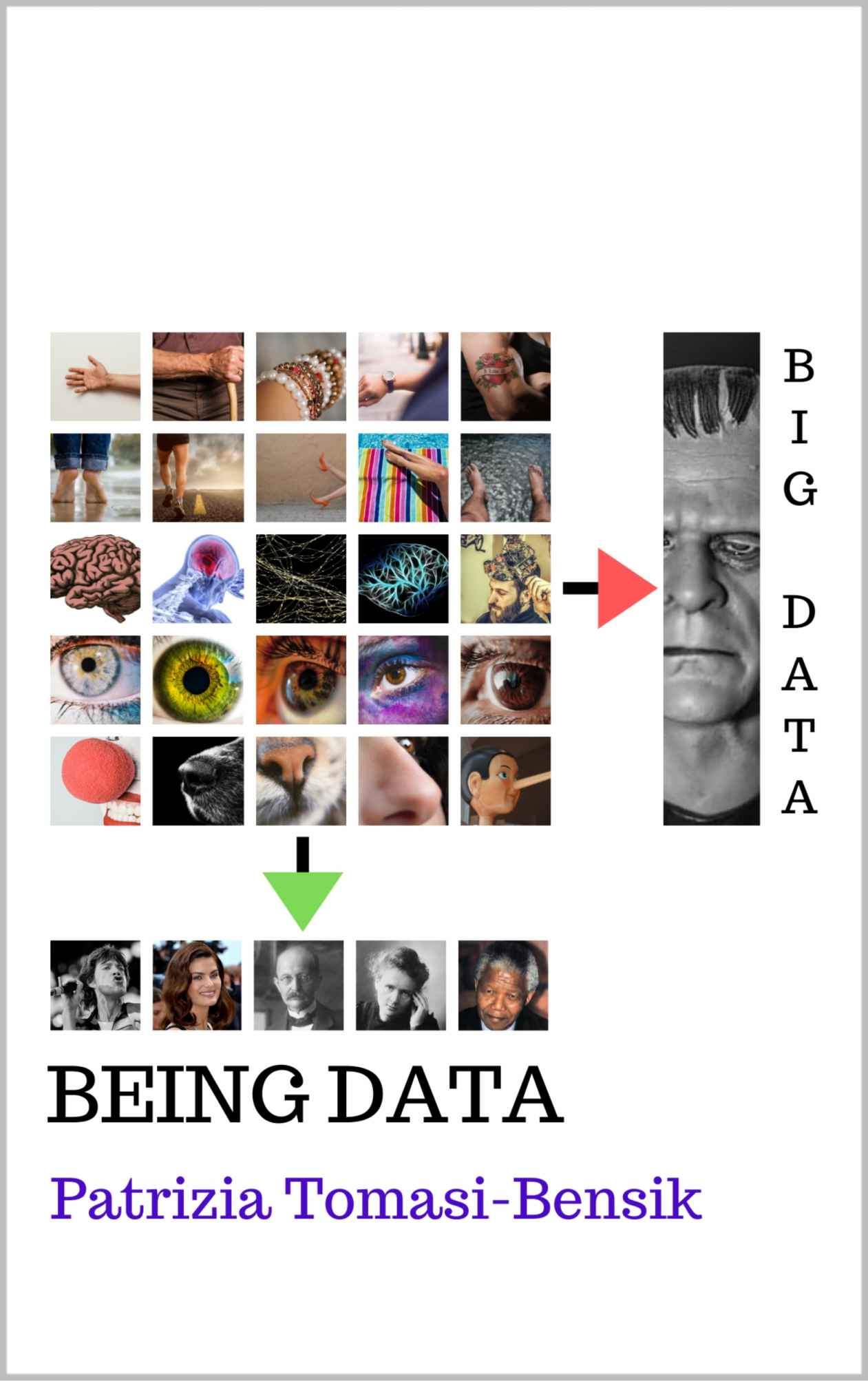Planck E PressCenter Articles
Sky Colors? Sun Party...
Date published: 2023-03-01
Date modified: 2023-03-01
Reading time: 00:01:04

"The weary sun hath made a golden set, and by the bright
track of his fiery car, gives signal of a goodly day to-morrow.”
William Shakespeare
The light that takes eight minutes to reach us from the sun, which guarantees the existence of life on the blue planet, is the result of the combination of electromagnetic waves of different lengths.
This means that each color that our metabolic system digests come from a specific wavelength of electromagnetic waves, ranging from infrared (the longest wave) to ultraviolet (the shortest wave).
It is always good to remember that the wavelength is defined by the distance between two of its peaks, and although this distance varies in the infrared band between 730 and 1 million nanometers and that of the ultraviolet band between 10 and 400 nm, the human eye perceives the spectrum of light variation between 400 and 650 nm.
And we arrive at the blue of the morning sky and its various shades of orange in the west.
The day is the result of the reflection of solar waves on suspended particles in the atmosphere, mainly oxygen, and nitrogen. And it is precisely the efficiency of the scattering of shorter waves, such as the blue one, that literally sets the tone of the sky.
In the end, the relative tilt between the Sun and the Earth causes the rays of light to fall tangentially on the planet, so that the shorter waves (blue) are scattered at higher altitudes, allowing the longer ones, such as the red and yellow, to travel over a larger area of the atmosphere.
Since everything in life has two sides -except CD- that beautiful red sunset that takes our breath away is the result of the sun's reflection in more concentrated portions of particles in suspension.
Yes, that's a cute way of saying that pollution gives us stunning sunsets.
Recent Presscenter Articles
-
The Parametrization of Science
-
A Scientific Impossibility
-
The Unsustainable Stability of the Atom
-
The Bell-Curve and the Neutron
Planck E - Books
For further information about Planck E PressCenter, please contact us.
Divulging ingenious solutions
The mission of the Planck E PressCenter is to promote ideas, products and theories that have not yet reached the mainstream, as captured in our first release Eccentrics and their Ingenious Solutions.
Newsletter
Sign up for our weekly Planck E Newsletter, complete with the latest ingenious solutions.
Click here for the signup form.
Submit your ingenious solution
We encourage you to submit your ingenious solution, article, press release or "out of the mainstream" technical idea for publication on the Planck E PressCenter. Please send us an e-mail to presscenter@planck-e.com and enquire how.
To learn more about holistic engineering, solutions inspired by nature, monetization of diseconomies, training courses or the incorporation of Being Data to your day-to-day, please follow us on the social networks.



